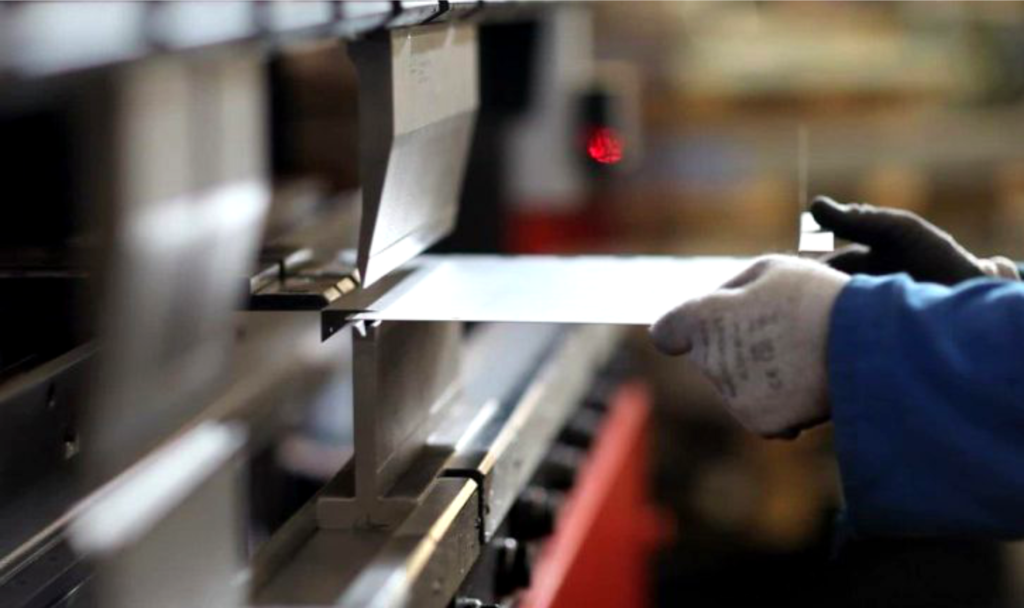Specializations
WELDING – TIG (TUNGSTEN INERT GAS)
TIG welding is the main specialization of our company, and the stainless steel products manufactured by this method in our company are already present in over 130 countries around the world on 6 continents. Our company’s products are famous for their unprecedented quality and durability. In 2012, we created the Quincy brand specializing in the production of sports equipment made of stainless steel, which is now recognized as the industry leader in the world.
Welding with the TIG method (Tungsten Inert Gas) consists in generating an electric arc using a non-consumable tungsten electrode in an inert gas shield. The TIG method makes it possible to obtain an extremely clean and high-quality weld. It is used for welding stainless steel, nickel alloys, aluminum, magnesium, titanium and other reactive and heat-resistant metals. Structures and products in industry are made of the above materials, including construction, food, defense, automotive, and aviation.
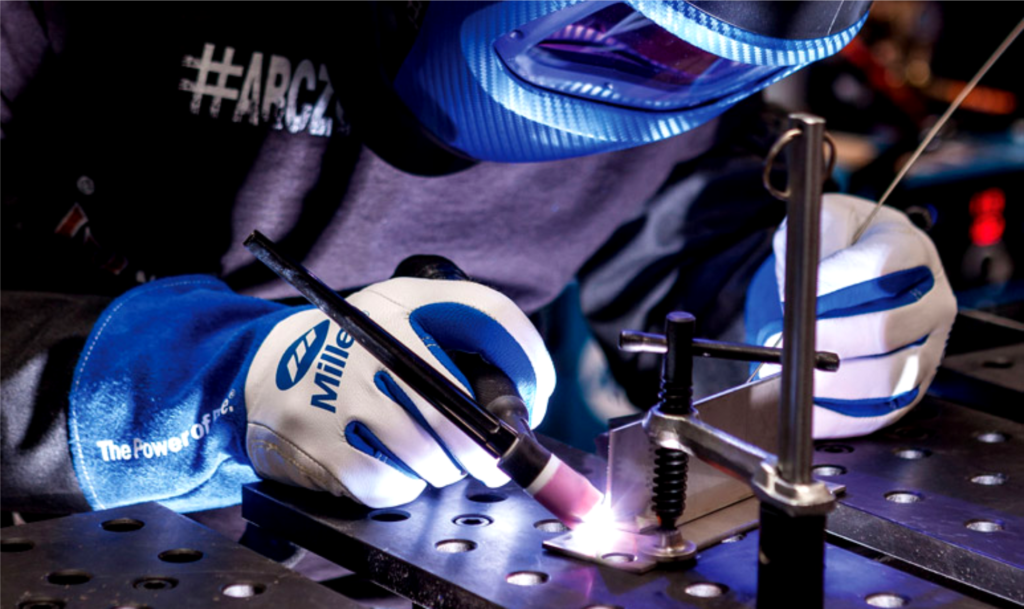
WELDING – MIG (METAL INERT GAS) & MAG (METAL ACTIVE GAS)
Welding metals is the most popular form of joining them. We have specialized welding machines for joining practically all metals available in the industry.
MIG, or Metal Inert Gas – is arc welding with a consumable electrode in chemically inert gases, for example, such as argon and helium. The MIG method is used for welding magnesium, aluminum, copper, titanium, zirconium and other non-ferrous metals and their alloys.
MAG, Metal Active Gas is a method of welding with a consumable electrode with welding wire, in the shield of chemically active gases, such as carbon dioxide. The MAG method is used for welding alloyed, low-alloy and high-alloy steels as well as non-ferrous metals.
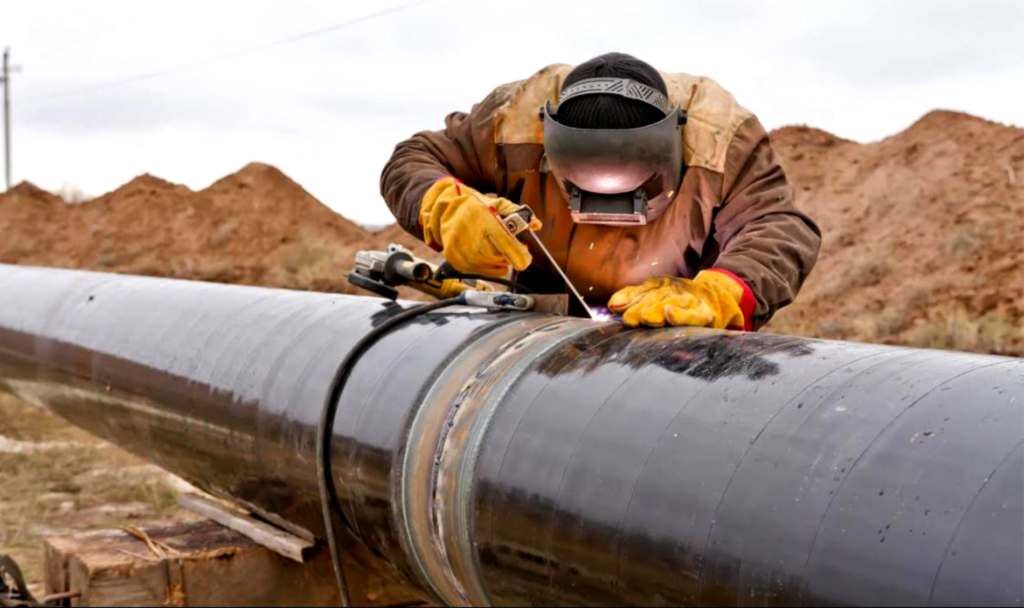
2D LASER CUTTING LASER FOR SHEET METAL
Laser cutting is a service that is used in the production of virtually every product made of metal. 2D laser cutting involves the use of a laser beam to cut elements of any shape, size and complexity from sheet metal. Laser cutting is characterized by perfect repeatability of elements during serial production.
The 2D laser enables cutting elements made of carbon steel, stainless steel and aluminum.
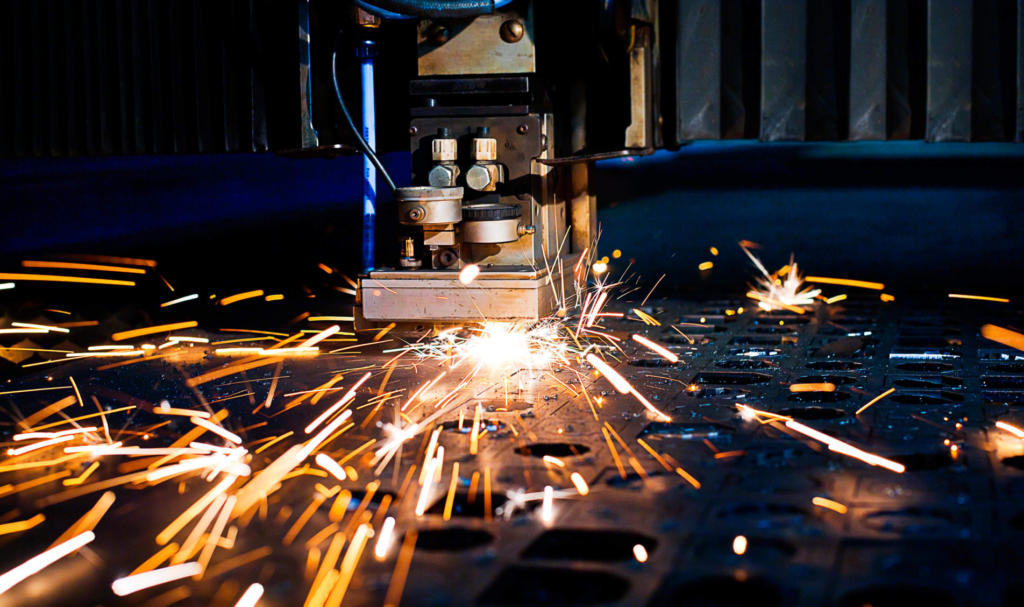
3D LASER CUTTING – LASER FOR TUBES & PROFILES
The 3D laser enables cutting pipes, profiles and open sections. The use of the most modern technical solutions allows for cutting complex shapes and cutting at a fixed angle.
The 3D laser enables the processing of material up to 406 mm in diameter and up to 12.5 m long.
Advantages of 3D laser cutting:
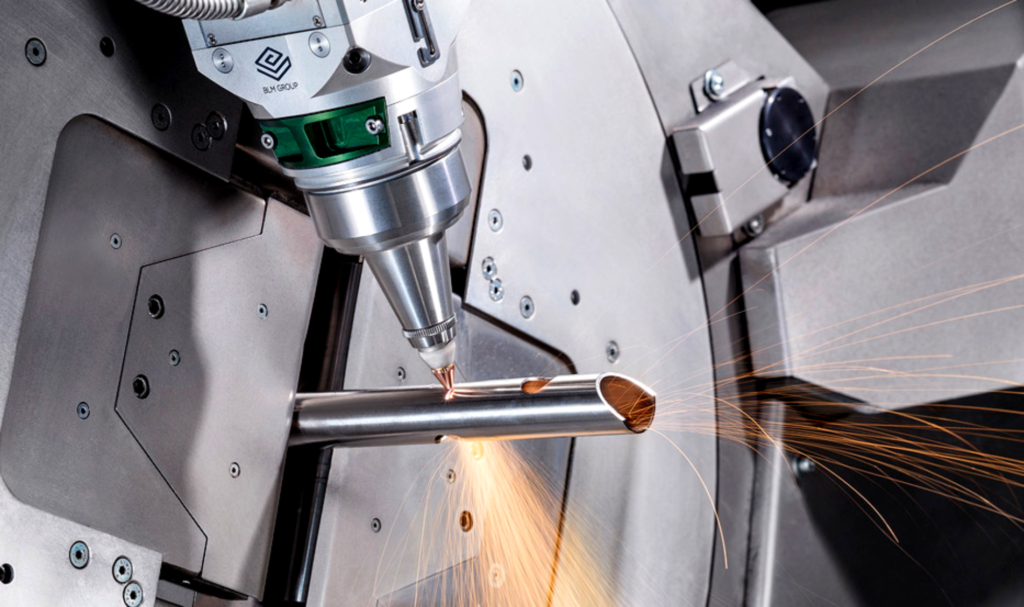
CNC MILLING
CNC milling is one of the types of machining and is a popular machining technique due to its numerous advantages, such as:
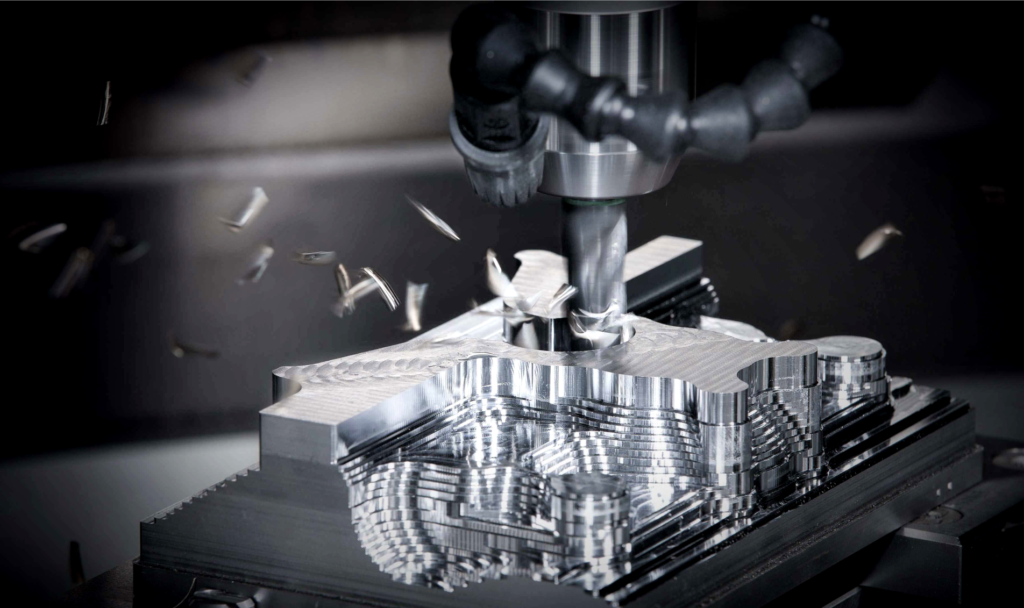
CNC TURNING
CNC turning involves machining the internal and external surfaces of components that are shaped like solids of revolution, usually cylinders or tubes. Besides milling, this method is an example of modern machining used on a large scale today, allowing for increased efficiency and automation of production processes. Thanks to the computer control of the lathes, it is possible to quickly program even very complex shapes, impossible to obtain in conventional machine tools.
After the turning process is completed, further machining on CNC machines is possible, as well as heat treatment, electroplating and many other activities included in the production of the finished detail.
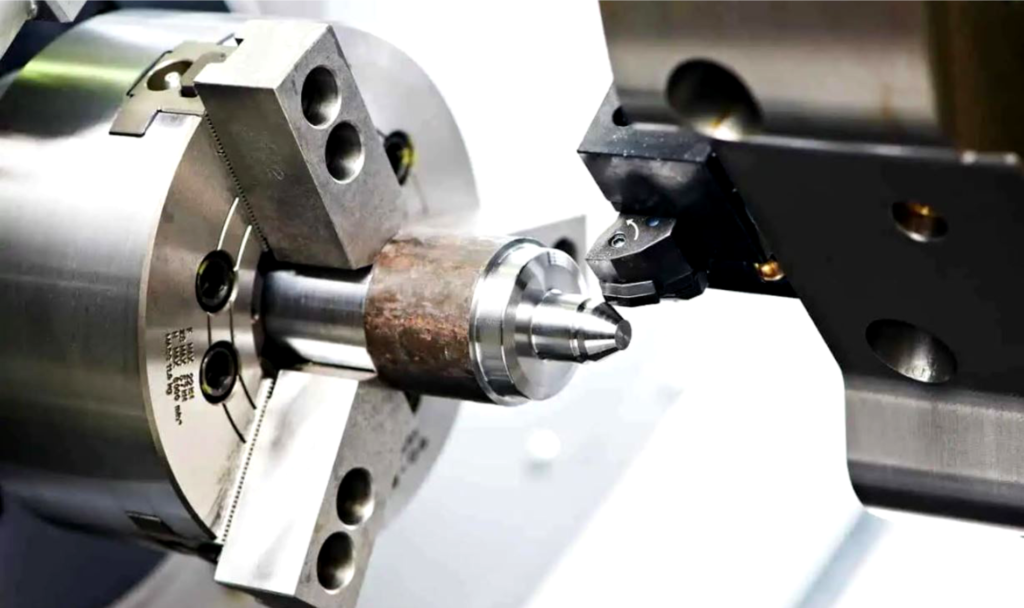
SANDING & FINISHING METAL
Sanding is the final stage of the machining process and is aimed at achieving the highest quality of the processed object, in accordance with the required technical conditions regarding dimensional accuracy, surface smoothness and shape accuracy.
The service of sanding and preparing the final surface of elements is one of our specialties, and the quality of the finish of our brands’ products is admired all over the world. In addition to standard types of surface finishes, we also use proprietary finishes.
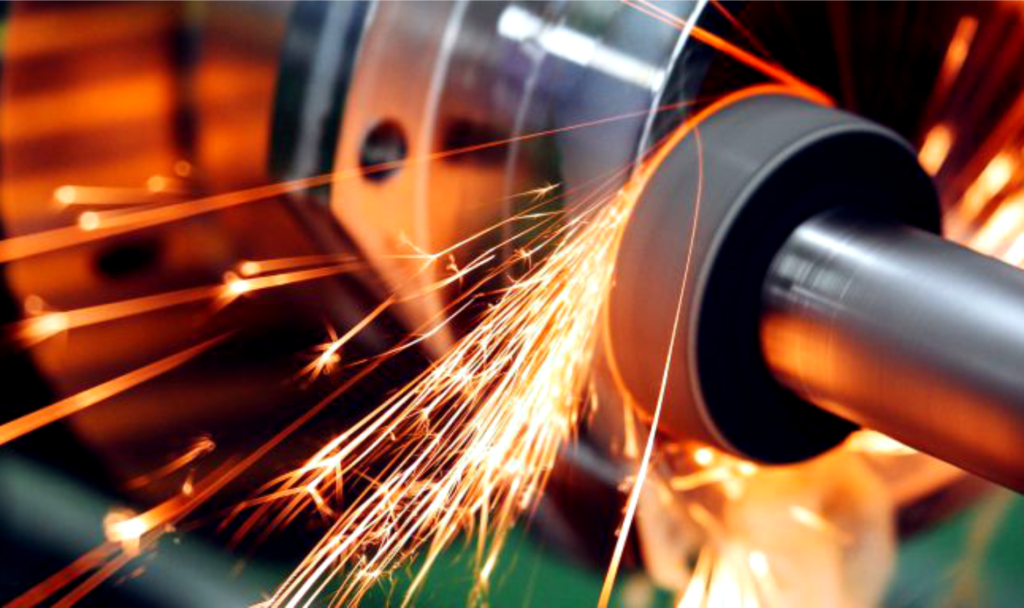
DRILLING
Drilling is a cutting process that uses a drill bit to cut a circular hole through solid materials. A drill bit is a rotary cutting tool, often multi-point, that is pressed against the workpiece and rotated at speeds from hundreds to thousands of revolutions per minute.
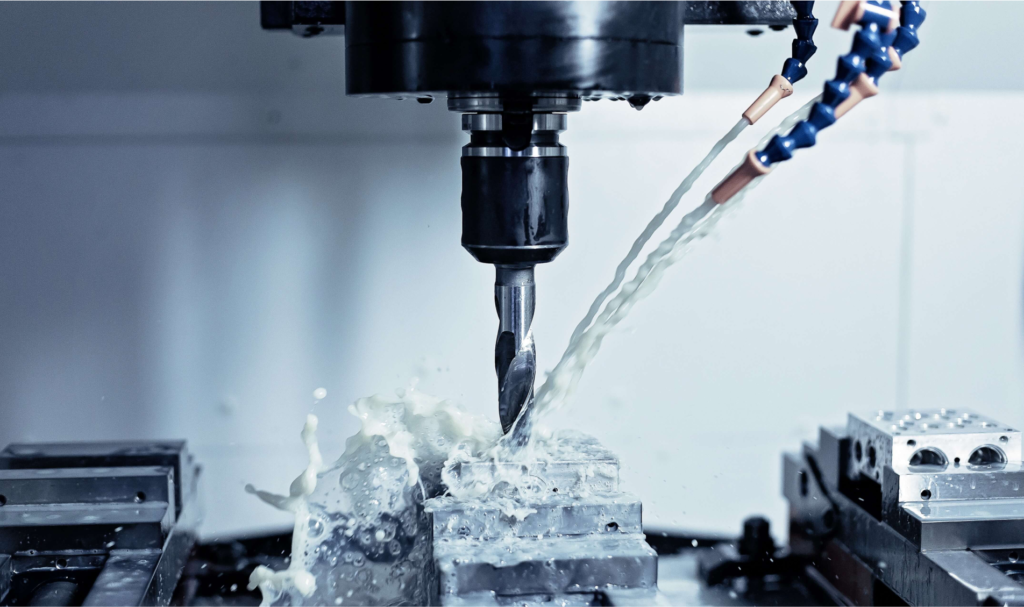
TUBES & PROFILES BENDING
Bending pipes and profiles is the basic form of their processing, which allows for any adaptation of elements to the structure. Bending is performed with a specialized bender, adapted to shape elements with a diameter of up to 102 mm. The device works with a multi-radius, which means that the bending of pipes can be performed in any direction. The possibility of setting different bending radii in one cycle allows for quick production of single elements.
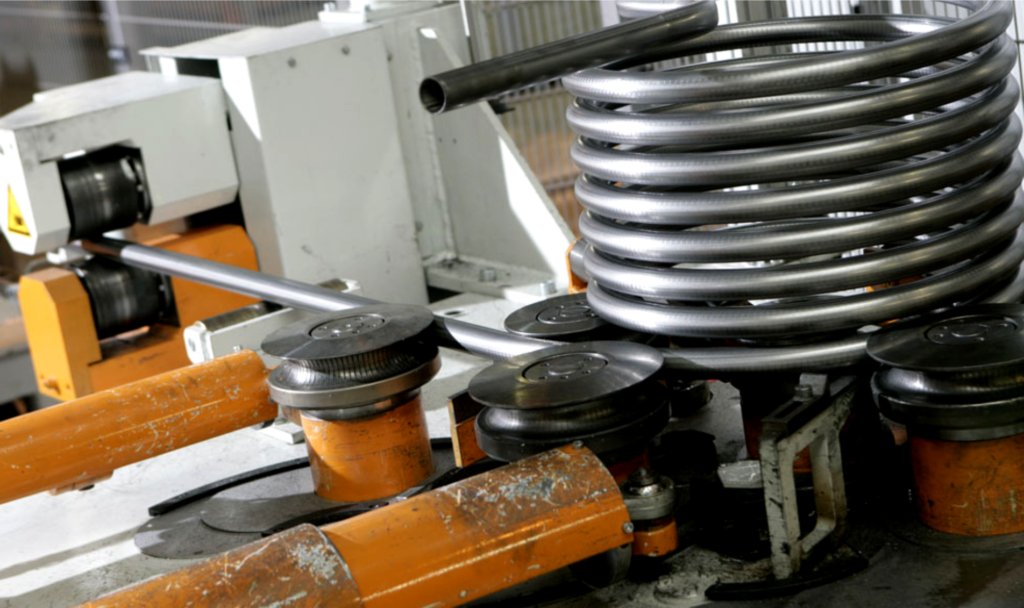
SHEET METAL BENDING
Sheet metal bending is a service that allows you to shape entire sheets and complex elements previously cut from a 2D laser. We offer bending of steel and aluminum sheets. The working beam and the use of appropriate tools enable bending of sheets with a maximum length of 4000 mm and a thickness of up to 15 mm – depending on the geometric requirements. We bend the sheets using the highest-class CNC press brake and we use advanced computer programs that allow us to obtain the highest quality elements. The use of a press brake with precisely regulated pressure force allows for the performance of the service strictly according to the customer’s recommendations and guarantees repeatability of the shape and high dimensional tolerances.
